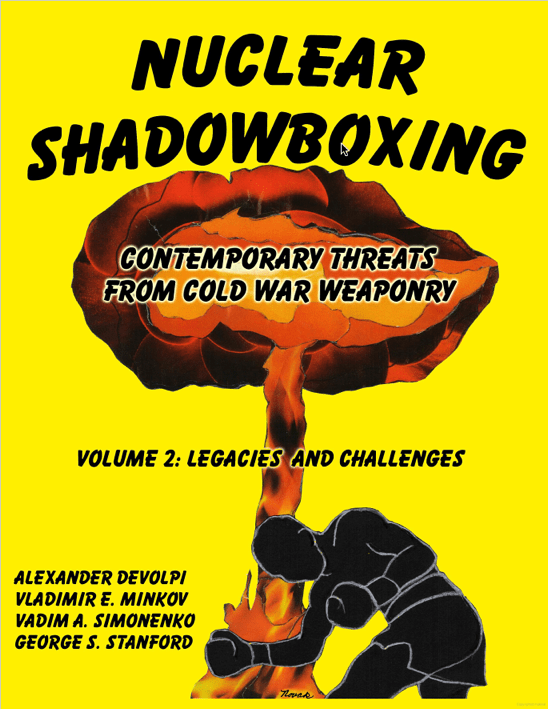U.S. Shouldn’t Depend On Russian Reactors. Restore Our World Class Fast Flux Test Facility
Senator Carper (D-DE) asked each witness at a March 8 hearing about NEIMA – Nuclear Energy Innovation and Modernization Act – to give one suggestion for improving the bill. If asked, my answer would be to include findings that emphasize the importance of U.S. government-owned testing facilities that are capable of supporting the NRC licensing…

